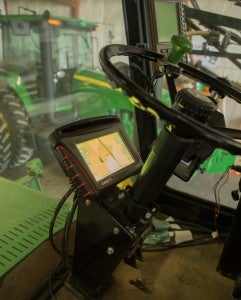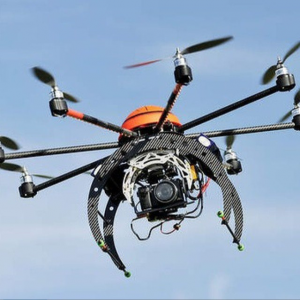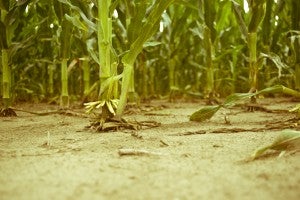Drones have taken off in popularity, as updates in technology have made them more affordable and maneuverable. These advancements are allowing researchers to capture high-resolution data with accuracy, precision and ease, making drones a valuable tool for understanding how the world around us is changing, and how we can manage this change.
My Environmental Defense Fund colleagues are exploring ways drones can help us build ecosystem resilience, from corn fields in the heartland to wetlands along our coasts.
Here are four inspiring examples. Read More











 Data science in farm management is one of the biggest trends to hit both agriculture and Silicon Valley in recent years, with an explosion of technologies emerging to help farmers optimize everything from seeding to irrigation to fertilizer application.
Data science in farm management is one of the biggest trends to hit both agriculture and Silicon Valley in recent years, with an explosion of technologies emerging to help farmers optimize everything from seeding to irrigation to fertilizer application. The corn and soybean fields that stretch for miles across the Midwest are quiet this time of year, mostly frozen surfaces waiting for the spring planting season.
The corn and soybean fields that stretch for miles across the Midwest are quiet this time of year, mostly frozen surfaces waiting for the spring planting season.



